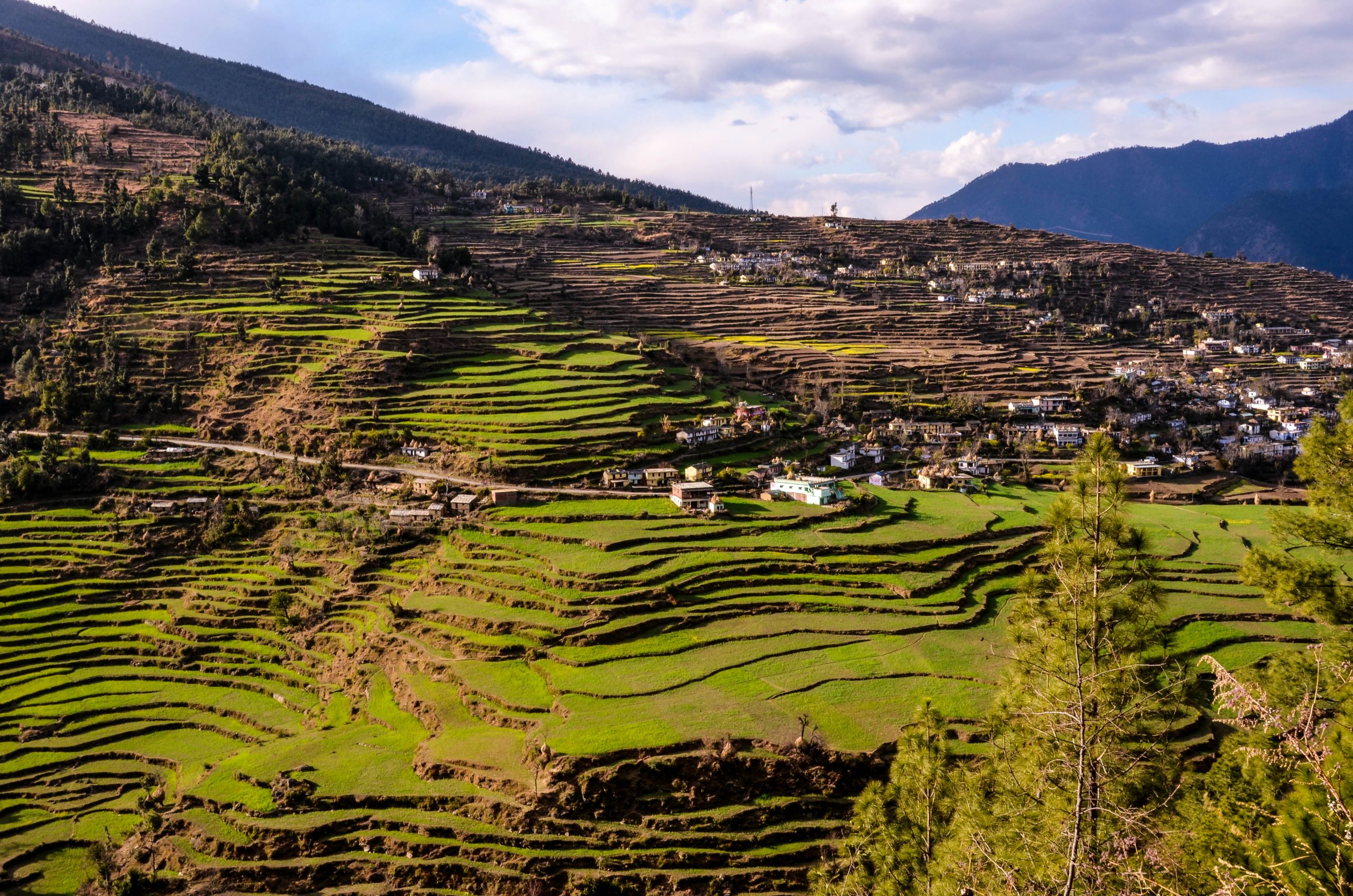
When I first discovered hiking (bushwalking, tramping, trekking) I embraced maps and the ideas of getting from Point A to Point B. I’d walk, camp, walk again to the next point and repeat. I was walking through amazing landscapes and layering sights, sounds and smells of the mountains, forests, national parks and world heritage areas I’d visit.
And I really embraced the maps – I loved looking at the contours and the paths. I’d assess gradient and distance, effort and reward.
 But now maps are more than getting me from A to B. They have additional layers attached to them.
But now maps are more than getting me from A to B. They have additional layers attached to them.
Something important happened as my studies and professional life led to me understanding more about the complex intersection of landscapes, localities, communities and sustainability. I realised that we need to do more than move through a landscape or a locality. We need to move within them – to have conversations with these spaces that are shaped by human activity and also with the humans that have been shaped by these locations.
I still enjoy a map – I have various ones as wall art, representing places of significance for me. These maps and I are connected through experience, sounds, sights, smells, remembered interactions and stories.
All people’s experiences are framed by reflecting on localities – neighbourhoods, cities, towns, landscapes – and how they fit into broader stories of sustainability, history and use.These layers and taking the time to search for them, is partly what gives us an opportunity to have conversations with these localities. They have their own stories and our stories and experiences intersect with them and also with the communities that share them.
As my conversations with communities occurred around the world, I began to understand more about our own roles and began to ask myself some questions: How can we have conversations with localities, so that we understand more about these places that become parts of communities and/or neighbourhoods? What are our roles in sustaining both? My attempts at trying to resolve these questions in my professional life have led me to where I am now.
How do we actually have a conversation with a community, a locality & its landscape?
Sometimes we run the risk of thinking localities and landscapes are just a backdrop or a frame of reference – a place where we do things, or communities do things. We run the risk of ignoring the importance of the intersection of localities, their communities and us – people who are interested in the intersection of communities, localities and transformations to sustainable futures.
Here we need to ask ourselves a question: How can we support advocacy for these and other places?
There’s an important foundation to this – one that has been highlighted by my professional life. These stories and connections are created by broader social, cultural, economic, political and historical processes. The landscapes or localities we move in, and the communities who live there, deal with these broader contexts and processes and we need to recognise them.
This means our engagements are at once personal but also framed/influenced by broader processes. They are a complex set of relationships between ourselves, localities (and their communities), and the socio-economic and political context within which they occur.
There are therefore multiple stories of localities and their communities – and part of our conversation is understanding how these stories add to our understandings.
Our own stories are a core part of all this – and our desire for these types of conversations. Conversations remind us that communities and their role in sustainabilities have challenges which are also our challenges and our responsibilities.
And so to the importance of conversations with communities. Our conversations add to our understanding of localities, communities and ourselves. They also add to the ways we can frame our own roles in sustainable futures – specifically in localities, and more generally.
Read more here, or more about this through my Blog (here), our Collaboration Spaces and on my social media. Let’s start our own conversations.




